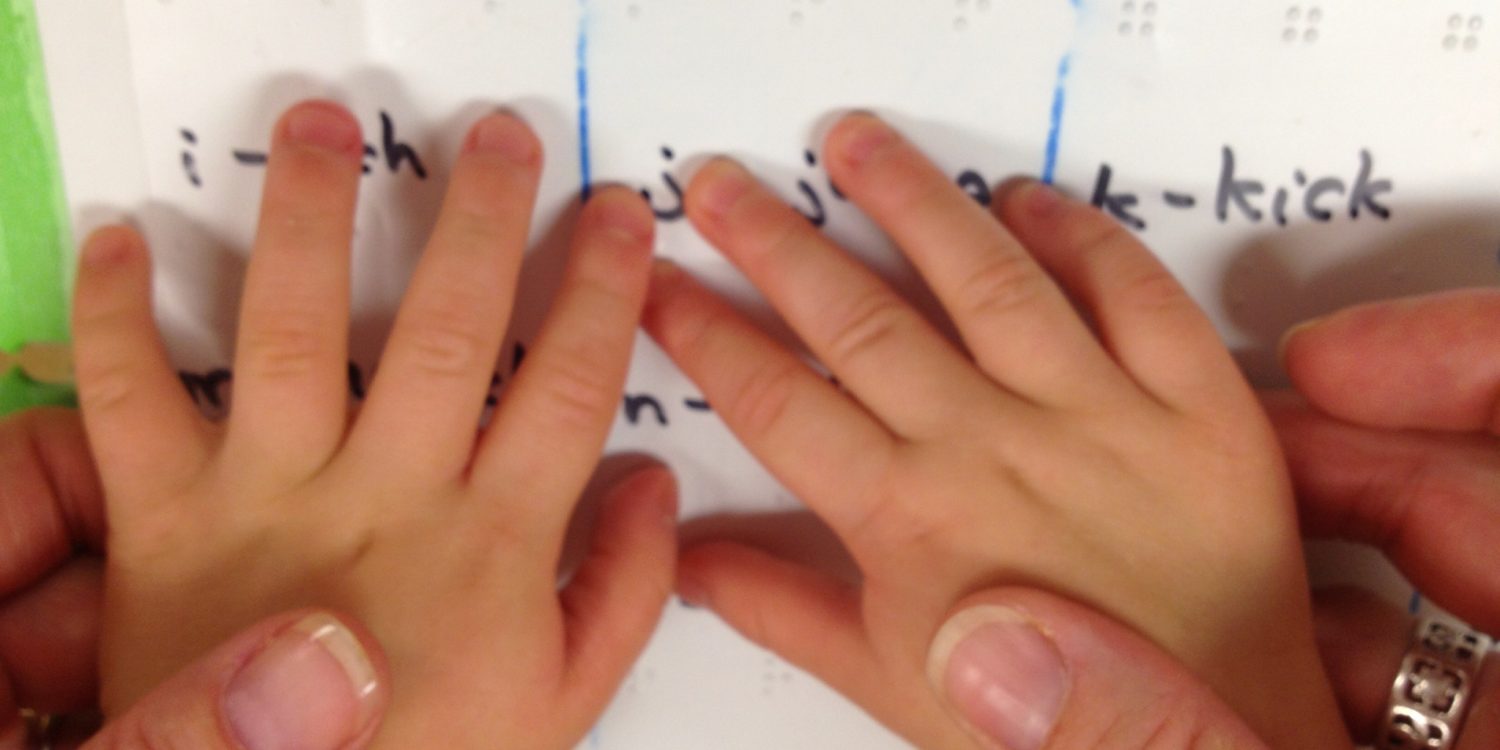Braille language, a tactile writing system used by individuals with visual impairments, plays a crucial role in education and daily life. While Braille offers numerous benefits in promoting independence and communication, its usage also presents challenges that individuals with visual impairments may encounter.
Benefits of Using Braille
- Promotes Literacy: Braille literacy is essential for individuals with visual impairments to access written information independently, enhancing their overall literacy skills.
- Enhances Communication: Braille enables individuals to communicate effectively through written text, whether in educational settings, workplaces, or daily interactions.
- Empowers Independence: Proficiency in Braille empowers individuals to navigate their surroundings, read books, labels, and signs, and manage daily tasks independently.
- Access to Information: Braille provides access to a wide range of materials, including books, documents, and educational resources, ensuring equal opportunities for learning and personal growth.
- Improves Cognitive Skills: Learning Braille has been shown to enhance cognitive development, memory retention, and critical thinking skills among individuals with visual impairments.
Challenges of Using Braille
- Limited Resources: Access to Braille materials, books, and resources can be limited, posing challenges for individuals to practice and improve their Braille skills.
- Learning Curve: Mastering Braille requires time, dedication, and consistent practice, which can be challenging for some individuals, especially when balancing other educational or personal commitments.
- Technological Barriers: While assistive technology has improved Braille accessibility, not all individuals have access to these tools, limiting their ability to fully utilize Braille in various contexts.
- Social Stigma: Despite efforts to promote Braille literacy, there may still be social stigmas associated with visual impairments and the use of Braille, which can impact individuals’ confidence and sense of inclusion.
- Braille Literacy Rates: Low Braille literacy rates in some regions highlight the need for increased awareness, resources, and support to ensure that individuals with visual impairments have the opportunity to learn and excel in Braille.
Conclusion
In conclusion, the use of Braille language in education and daily life offers a multitude of benefits for individuals with visual impairments, from promoting literacy and independence to enhancing communication and cognitive skills. However, challenges such as limited resources, technological barriers, and social stigmas underscore the importance of continued advocacy, support, and innovation in advancing Braille literacy and ensuring equal opportunities for individuals with visual impairments. By addressing these challenges and leveraging the benefits of Braille, we can create a more inclusive and accessible society for all. explore Assistive Technology’s Impact on Braille Language Development through this link https://accessware.co/assistive-technologys-impact-on-braille-language-development/







